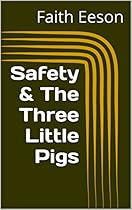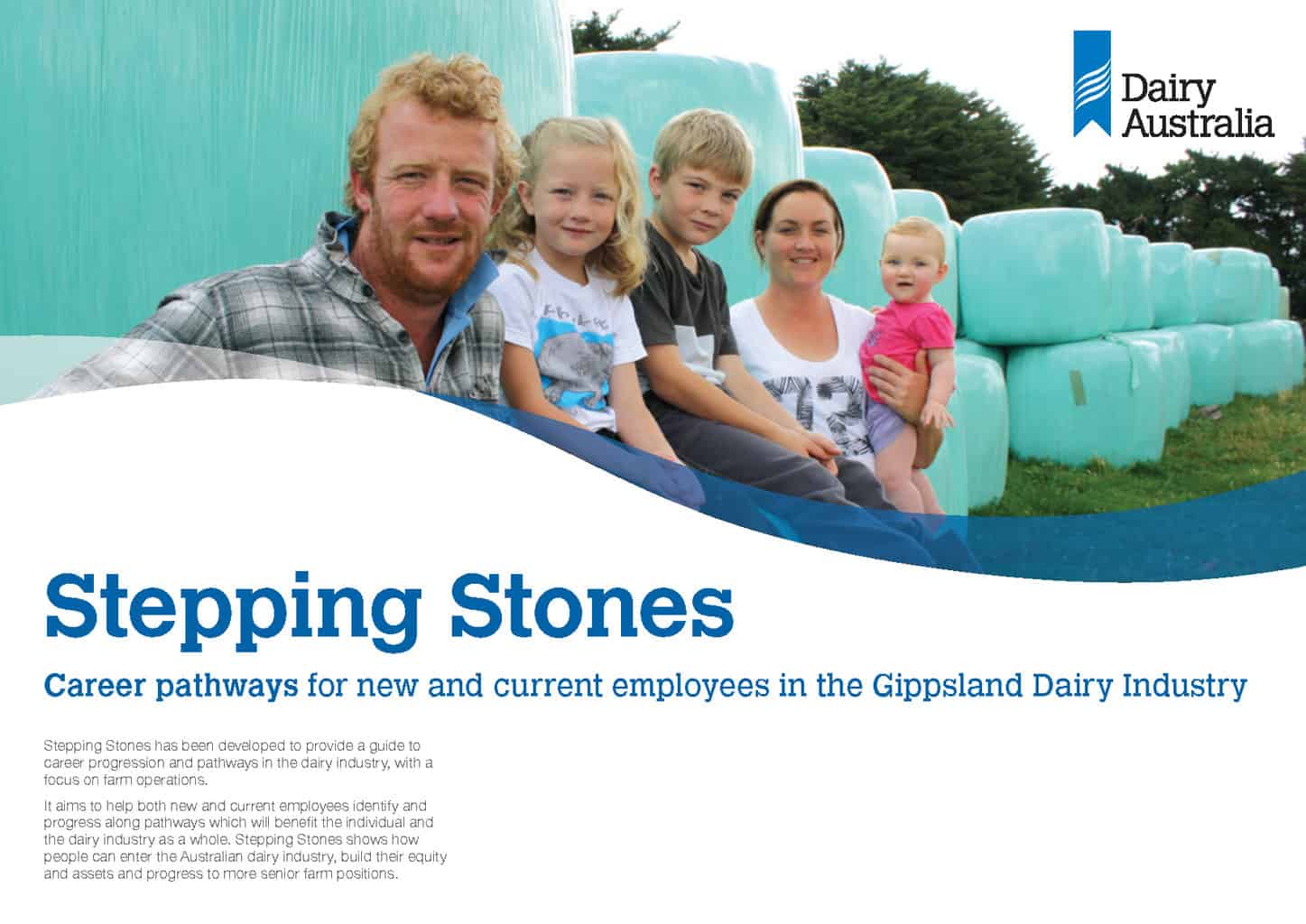In 2014 during an election campaign (now Premier of Victoria) Daniel Andrews stated:
“Labor will introduce random breath testing for all Members of Parliament during sitting weeks” and
“Labor will also legislate to give the Chief Justice, the Chief Judge and the Chief Magistrate the power to require these random tests of the judiciary.”
At the time potential drug and alcohol testing on Victorian construction sites was topical.
This week the first pledge was dropped and the second was obfuscated. Where was the safety justification for this pledge in the first place? What was Andrews thinking?




 However according to Stepping Stones only some dairy roles have an overt occupational health and safety obligation.
However according to Stepping Stones only some dairy roles have an overt occupational health and safety obligation.